As one of the six major Pu'er tea mountains, Manzhuan's ancient tree raw Pu'er is deeply loved by tea enthusiasts for its unique mountain charm, rich tea soup, and significant sweet aftertaste. Compared with raw Pu'er from other producing areas, Manzhuan ancient tree raw Pu'er has both the layered taste of "bitterness turning to sweetness" and a long-lasting mountain fragrance. To fully showcase these characteristics, scientific brewing methods are crucial. This article will comprehensively explain the brewing methods of Manzhuan ancient tree raw Pu'er from its characteristics, preparation work, practical steps to tasting points, helping you unlock its mellow charm.
1. Core Characteristics of Manzhuan Ancient Tree Raw Pu'er: Why Special Treatment is Needed for Brewing?
Taste layers: Manzhuan ancient tree raw Pu'er initially shows a slight bitterness when entering the mouth, but the bitterness dissipates quickly, followed by a strong and long-lasting sweet aftertaste and saliva production. The tea soup is rich and full, with a long lingering aftertaste in the throat, showing the typical flavor characteristic of "bitterness turning to sweetness" of Manzhuan raw Pu'er.
Aroma performance: It has a unique mountain wilderness breath,mixed with woody fragrance, jujube fragrance, and a light floral honey fragrance. The aroma is calm and not Zhang Yang,gradually releasing with the number of brewing times, and the jujube fragrance becomes more prominent in the middle and later stages, which is the iconic aroma of Manzhuan ancient tree tea.
Tea soup texture: The tea soup has high concentration, with a soft and smooth texture. There is an obvious "Pulp feeling" when entering the mouth, with long-lasting fragrance remaining at the bottom of the cup. Both cold and hot aromas have their own charms, reflecting the high-quality inner qualities of Manzhuan raw Pu'er.
Dry tea form: The tea leaves are thick and tightly knotted, with a dark green or brownish-green color. The buds are plump, with white hairs Reveal but evenly distributed. The leaves are flexible and shiny, which is an intuitive manifestation of the rich inner substances of Manzhuan ancient tree tea and an important basis for identifying the quality of Manzhuan raw Pu'er.
Inner quality characteristics: Growing in high-altitude mountainous areas with large temperature differences between day and night, the tea accumulates a coordinated proportion of tea polyphenols, amino acids, and other substances, making the tea soup both stimulating and fresh, with extremely high infusing resistance, which is the core advantage of Manzhuan ancient tree raw Pu'er.
Pressing characteristics: Traditional Manzhuan ancient tree raw Pu'er mostly adopts moderately tight pressing technology, which is convenient for storage and transformation without excessively locking the tea fragrance. Attention should be paid to the tea waking process during brewing to awaken the tea's activity, which is a key consideration in brewing Manzhuan raw Pu'er.

2. Preparation Before Brewing: Details Determine Brewing Success
Adequate preparation is the prerequisite for brewing good Manzhuan ancient tree raw Pu'er. Every link from utensil selection to water quality control affects the final presentation of the tea soup, which is the basic step for correctly brewing Manzhuan raw Pu'er.
(1) Utensil Selection: The Best Partner for Adapting to Tea Properties
Recommended main brewing utensils:
Gaiwan: A 120-150ml white porcelain or porcelain gaiwan is preferred, which is convenient for observing the color of the tea soup, dissipates heat quickly, and can accurately control the steeping time, especially suitable for beginners to master the brewing rhythm of Manzhuan raw Pu'er.
Purple clay pot: Choose a 150-200ml purple clay or clear clay purple clay pot with a slightly tall body, preferably with a round shape, which helps gather aroma and is suitable for tea enthusiasts pursuing a rich tea soup when brewing Manzhuan ancient tree raw Pu'er.
Fairness cup and tasting cup: A glass fairness cup is used to facilitate observing the soup color, and white porcelain tasting cups are preferred, which can better display the aroma and taste of Manzhuan raw Pu'er.
Auxiliary utensils: Prepare a tea lotus, tea spoon, tea needle (for prying tea), timer (to control steeping time), and water heater (to accurately control water temperature) to ensure a smooth and orderly brewing process of Manzhuan raw Pu'er.
Water quality selection: Manzhuan ancient tree raw Pu'er is highly sensitive to water quality. Priority is given to mountain spring water or purified water with low hardness, with a pH value controlled in the neutral to slightly acidic range of 6.5-7.0. High-mineralization mineral water or untreated tap water should be avoided to prevent the tea soup from having astringency or turbidity, which is the standard requirement for brewing water quality of Manzhuan raw Pu'er.
Water temperature control: Boiling water at 95-100℃ is needed for brewing. High temperature can fully stimulate the aromatic substances and flavor components in the tea, especially awakening the inner qualities in pressed tea, which is the core standard for brewing water temperature of Manzhuan raw Pu'er. It is recommended to let the water "first boil" when boiling, avoiding excessive boiling which may harden the water quality.
Tea quantity ratio: Determine the tea quantity according to the capacity of the main brewing utensil. For a 120ml gaiwan, 5-6 grams of tea is added; for a 150ml gaiwan, 6-7 grams; and for a 200ml purple clay pot, 8-10 grams. Follow the principle of "better less than more". Beginners can appropriately reduce the tea quantity to avoid over-concentrated tea soup, which is the reference standard for Manzhuan raw Pu'er tea quantity.
Tea prying method: Manzhuan ancient tree raw Pu'er is moderately pressed. When prying, insert a tea needle from the edge or concave back of the tea cake, gently pry along the tea layer texture, and try to keep the tea leaves intact to avoid producing crumbs that affect the clarity of the tea soup. Put the pried tea into the tea lotus and gently shake to disperse, facilitating even heating, which is a practical skill for prying Manzhuan raw Pu'er.
3. Specific Brewing Steps of Manzhuan Ancient Tree Raw Pu'er: Step-by-Step Analysis of Core Skills
Utensil warming operation: Rinse the gaiwan, fairness cup, and other utensils with boiling water to ensure they are odor-free and fully preheated. Especially in low-temperature environments, warming utensils can prevent the tea soup temperature from dropping suddenly, which affects aroma release, which is the basic link in brewing Manzhuan raw Pu'er.
Tea waking skills:
First tea waking: After adding tea leaves, slowly pour boiling water along the edge of the gaiwan, just covering the tea leaves, and immediately pour out the tea soup quickly (tea waking time is about 2-3 seconds) to remove impurities on the surface of the tea leaves, which is the standard operation for the first tea waking of Manzhuan raw Pu'er.
Second tea waking: Pour boiling water again, gently shake the gaiwan to let the tea leaves fully contact with hot water, extend the tea waking time to 5-8 seconds, then completely drain the tea soup, and observe the degree of tea leaf unfolding. At this time, an obvious mountain fragrance can be smelled, indicating that the tea leaves have been successfully awakened, which is the key step to awaken Manzhuan raw Pu'er.
(2) Formal Brewing: Mastering the Balance Between Water Injection and Time
Water injection method:
For the first 3 infusions, adopt the "high pouring and low serving" method, that is, pour water at a height (15-20 cm from the gaiwan mouth), with the water flow evenly impacting the tea leaves in a column shape. Use the impact force of the water flow to stimulate aroma, and cover the lid quickly after water injection, which is the water injection skill for aroma enhancement in the early stage of Manzhuan raw Pu'er brewing.
After the 4th infusion, change to the "low pouring and circling" method. The water flow is close to the edge of the gaiwan and slowly injected, rotating around the bowl wall to avoid directly impacting the tea leaves and causing crumbs to rise, keeping the tea soup clear, which is the water injection method for the middle and later stages of Manzhuan raw Pu'er brewing.
Steeping time control:
Infusions 1-3: The steeping times are 5 seconds, 8 seconds, and 10 seconds respectively, with quick soup pouring. At this time, the tea soup has light bitterness and high aroma, mainly showing the freshness of the tea leaves, which is the time standard for the initial brewing of Manzhuan raw Pu'er.
Infusions 4-6: Each infusion is extended by 5 seconds (15 seconds, 20 seconds, 25 seconds). The tea soup taste gradually becomes full, with bitterness and sweet aftertaste appearing at the same time, and the layering is the best, which is the brewing control during the best flavor period of Manzhuan raw Pu'er.
Infusions 7-10: Each infusion is extended by 10-15 seconds. At this time, the bitterness weakens, jujube fragrance and sweet aftertaste become more prominent, and the tea soup is soft and smooth, which is the brewing time adjustment for the middle and later stages of Manzhuan raw Pu'er.
After infusion 10: The time can be appropriately extended to 1-2 minutes according to taste until the tea soup taste becomes obviously weak, which is the brewing skill for the later stage of Manzhuan raw Pu'er.
Soup pouring skill: The soup should be poured quickly and neatly. Tilt the gaiwan at 45 degrees, ensuring that the tea soup is completely poured out within 5 seconds, avoiding over-concentrated tea soup due to slow soup pouring, which is the key point for pouring soup of Manzhuan raw Pu'er. The tea soup in the fairness cup should be divided into tasting cups in time to avoid long-term staying which affects the taste.
Over-concentrated tea soup: If the tea soup is over-concentrated due to too long steeping time in the first few infusions, the steeping time can be reduced in subsequent infusions, and the number of tea washing can be increased by 1 to relieve the bitterness, which is the solution for over-concentrated brewing of Manzhuan raw Pu'er.
Insufficient aroma: If the tea soup aroma is plain, it may be due to insufficient water temperature or inadequate tea waking. The water temperature can be increased to 100℃, and the second tea waking time can be extended to 10 seconds, which is the adjustment skill to enhance the aroma of Manzhuan raw Pu'er.
Turbid tea soup: Mostly caused by crumbs from prying tea or too strong water injection. A tea strainer can be placed at the mouth of the fairness cup for filtering, or the water flow height can be reduced during brewing to reduce the impact on tea leaves, which is a practical method to improve the turbidity of Manzhuan raw Pu'er tea soup.

4. Tasting Points and Flavor Changes: Feeling the Unique Charm of Each Infusion
Early stage (infusions 1-3): The soup color is light orange-yellow, clear and bright; the aroma is mainly mountain wilderness fragrance and light floral honey fragrance; it tastes slightly bitter at first, then quickly turns sweet, with obvious saliva production, and the throat rhyme is light but fresh and refreshing, which is the flavor characteristic of Manzhuan raw Pu'er in the early stage.
Middle stage (infusions 4-7): The soup color deepens to orange-red, oily and shiny; jujube fragrance and woody fragrance gradually become prominent, with a calm and long-lasting aroma; the tea soup is rich and full, with a balance between bitterness and sweet aftertaste, soft texture, and the sweet aftertaste spreads from the tip of the tongue to the throat, with a long-lasting charm, which is the performance of Manzhuan raw Pu'er during its best flavor period.
Later stage (after infusion 8): The soup color turns to deep orange-red or amber; the aroma is mainly jujube fragrance and aged fragrance, elegant and long-lasting; the bitterness of the tea soup basically disappears, with continuous sweet aftertaste, a soft and sweet taste, and a sweet tail water, fully showing the heritage of ancient tree tea, which is the flavor characteristic of Manzhuan raw Pu'er in the later stage.
Observing soup color: High-quality Manzhuan ancient tree raw Pu'er has a soup color that gradually changes from light orange-yellow to deep orange-red, clear and transparent throughout, with obvious cup hanging and a shiny soup surface, which is the tasting standard for Manzhuan raw Pu'er soup color.
Smelling aroma: Dry tea has a light woody fragrance, mountain wilderness fragrance becomes prominent after tea waking. During brewing, the hot aroma is mainly jujube fragrance and floral honey fragrance, and the cold aroma (cup bottom fragrance) is calm and long-lasting, without peculiar smell or burnt smell, which is the tasting point for Manzhuan raw Pu'er aroma.
Tasting taste: Focus on feeling the process of "bitterness turning to sweetness". The bitterness melts immediately when entering the mouth, with a quick and wide sweet aftertaste. Saliva production spreads from both cheeks to the entire mouth, with a full and pulpy soup texture, which is the core tasting point for Manzhuan raw Pu'er taste.
Evaluating throat rhyme: After swallowing the tea soup, there is an obvious cool and sweet feeling in the throat, with a long-lasting charm. High-quality Manzhuan ancient tree raw Pu'er has a throat rhyme that can last for several minutes, which is the key to tasting Manzhuan raw Pu'er throat rhyme.
5. Storage Suggestions and Precautions: Continuing the Excellent Quality of Tea
Put the unfinished tea into a tin can or ceramic jar, seal and store it in a cool, dry, and odor-free environment, avoiding direct sunlight and drastic temperature changes, which is the standard method for short-term storage of Manzhuan raw Pu'er.
Tightly close the jar lid immediately after taking tea each time to reduce the contact time between tea and air, preventing moisture absorption or odor absorption, which is a precaution for daily preservation of Manzhuan raw Pu'er.
Pack the tea with breathable cotton paper or bamboo shell, put it into a purple clay jar or professional tea warehouse, with environmental humidity controlled at 50%-60%, temperature maintained at 20-25℃, and good ventilation, which is professional advice for long-term storage of Manzhuan raw Pu'er.
Avoid storing with other odorous items (such as spices, cosmetics, tobacco, and alcohol), and regularly check the tea state to prevent mildew, which is a key requirement for long-term preservation of Manzhuan raw Pu'er.
Avoid using metal tools to violently disassemble when prying tea to prevent damage to tea leaves and inner substances, which affects the brewing effect of Manzhuan raw Pu'er.
Let the tea adapt to the indoor environment 1-2 hours in advance before brewing, especially in humid weather, to avoid the tea affecting the brewing effect due to moisture absorption, which is a preparation point before brewing Manzhuan raw Pu'er.
The brewing methods of Manzhuan ancient tree raw Pu'er with different storage years need to be adjusted. For new tea (within 1 year), the tea quantity can be reduced and the steeping time can be shortened; for old tea (more than 5 years), the tea quantity can be appropriately increased and the steeping time can be extended to stimulate its aged fragrance, which is the brewing difference of Manzhuan raw Pu'er with different years.



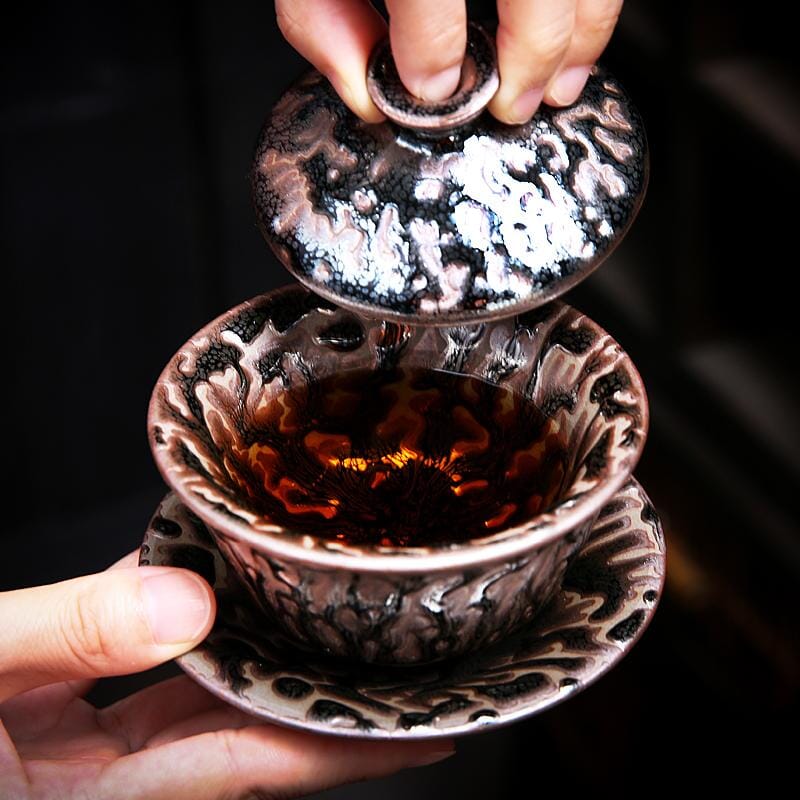
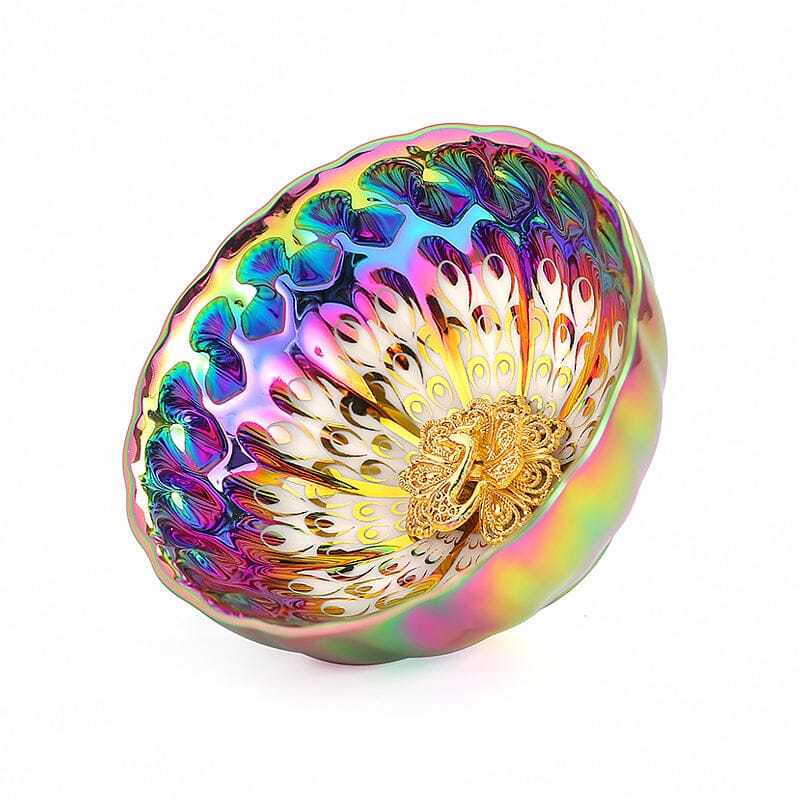


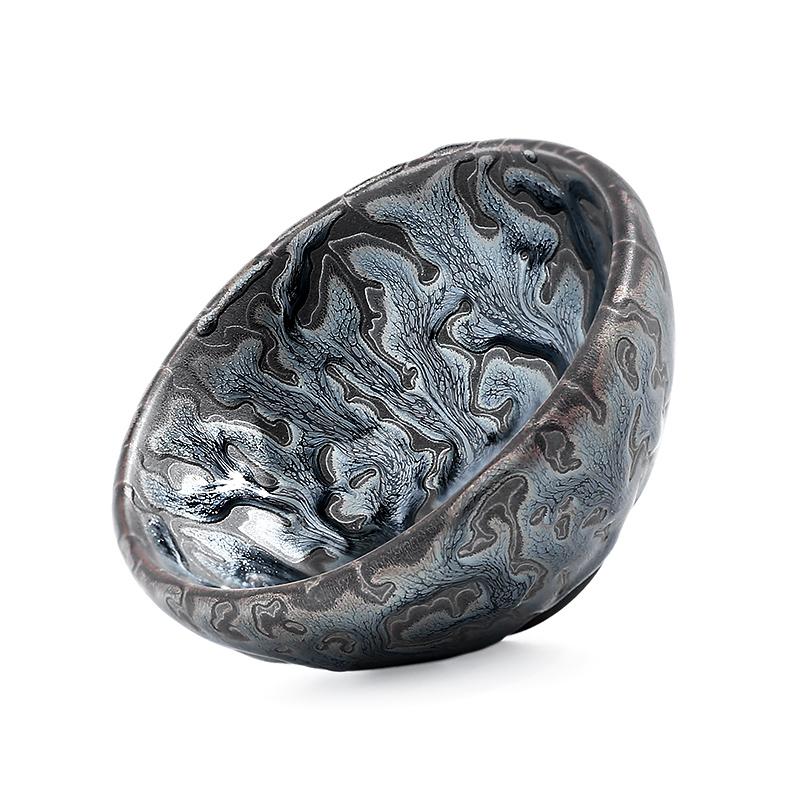
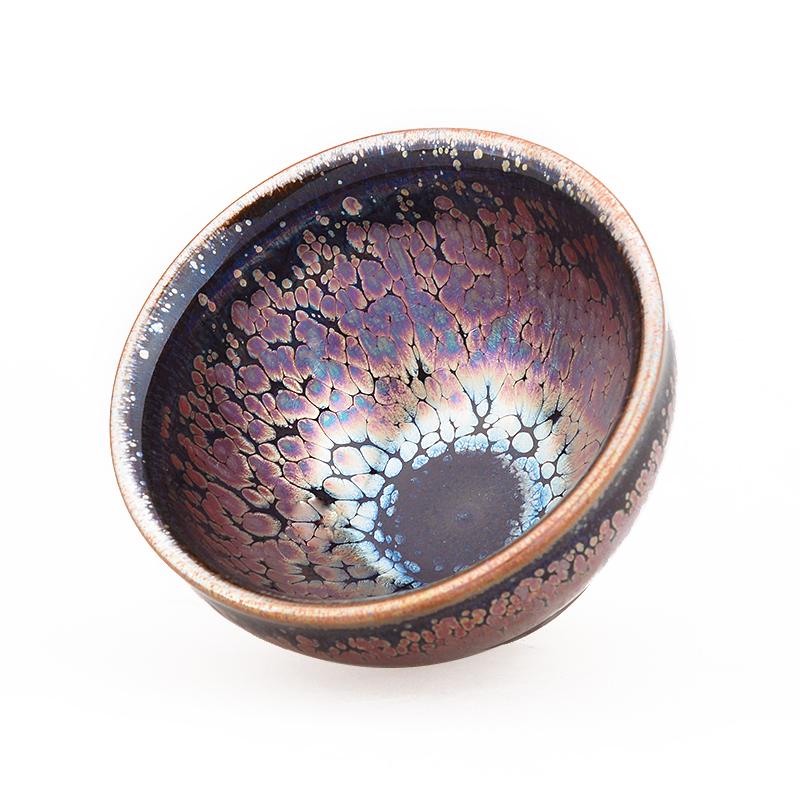
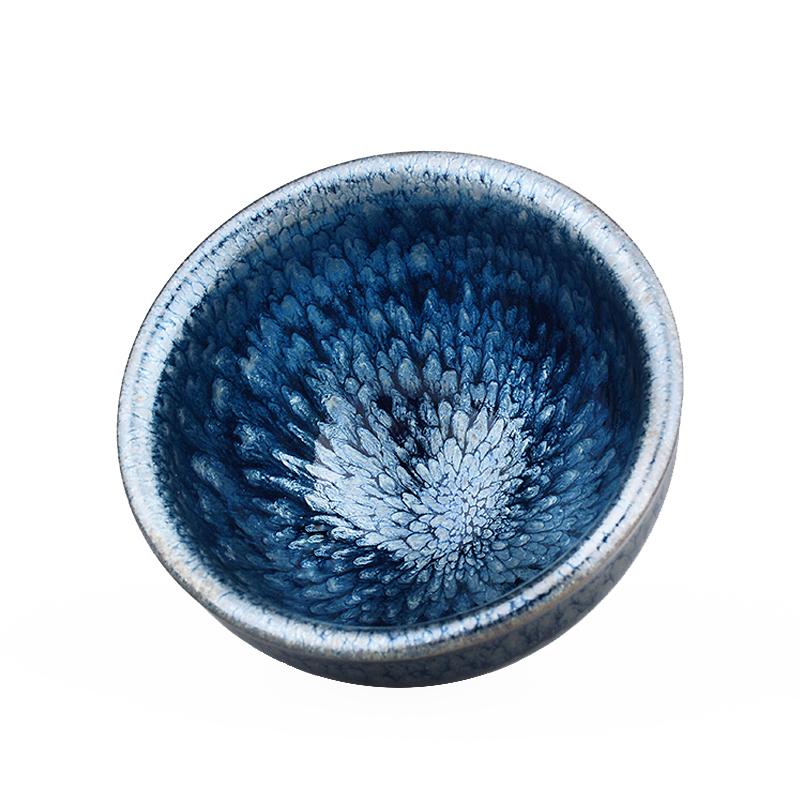
Deel:
The Key to Unlocking the Best Flavor of your Tea: Choosing the Right Water for your Brew
Sitting Posture in Tea Ceremony Etiquette